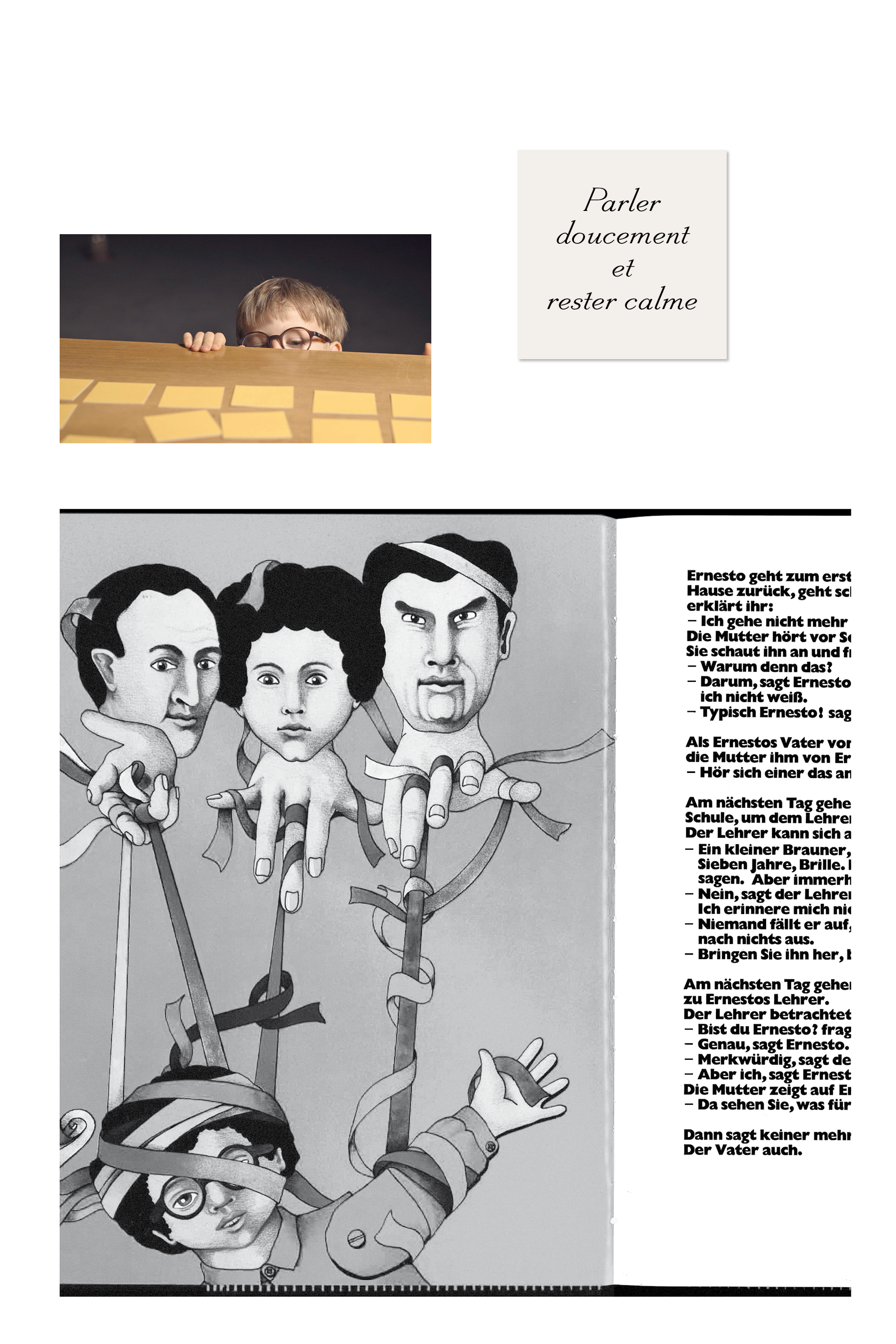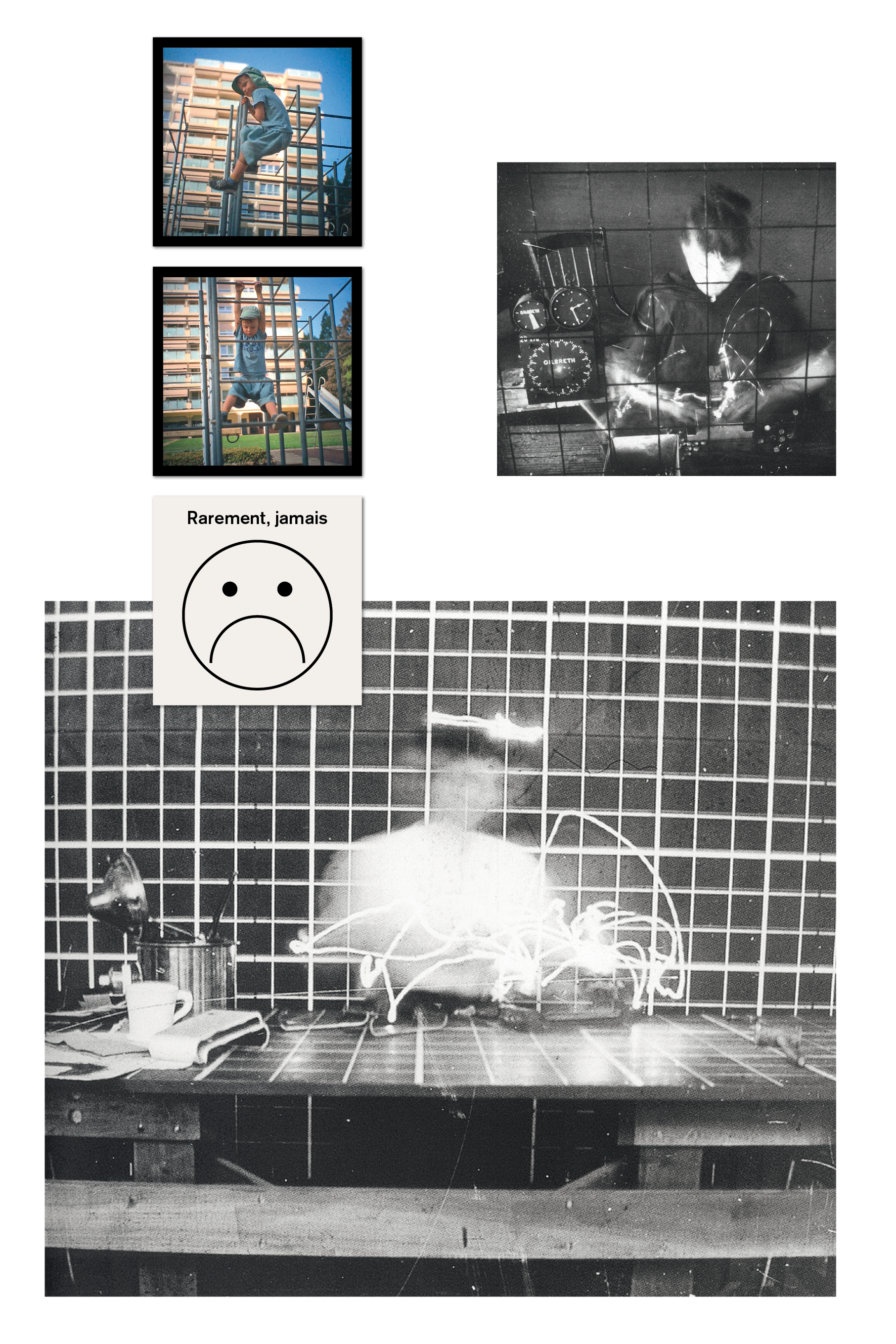The normality principle is a concept in dementia care which is designed to remind those around a person with dementia that it is best to respond to behavior that seems ‘deviant’ with ‘normality’.92 The key is to offer patients the most familiar way of life, by adjusting their surroundings and routine as much as possible to earlier, well-known and recognizable patterns. However, when it comes to everyday practices in care institutions, this approach represents a significant challenge, since it contains a paradox: when the desired form of individual, personal normality is to be realized in a collective form of living (the care home), it is ‘squeezed’ into collective norms. For example, a ‘normal daily routine’ must be defined which applies to everyone but still takes account of individual needs.
Across society, a ‘normal working day’ in the sense of a 9 to 5 has de facto ceased to be the norm in many areas of today’s global 24/7 labor market. Global production chains, digital communication, and increasing employment in services and knowledge production sectors mean that for the majority of workers, a regular working day with fixed, collective working hours is impossible. While part-time work and flexibilization are regarded – in creative high-tech business cultures, including the start-up which I observed [P is for Period, for Pheromones] – as a privilege and as proof of individual autonomy, working hours in which people are constantly ‘on call’ draw attention to a high level of dependency and vulnerability in precarious working conditions.
“The erosion of institutionally fixed routines and the fragmentation of daily activities mean that more negotiations, more decisions, and more effort are required to perform the necessities of daily life.”93 The sociologist of technology Judy Wajcman points out that in a desynchronized society, a lack of time is the result of increasingly asynchronous collectivity, because in individualized daily routines it becomes a challenge to coordinate shared time periods at all. The media theorist Sarah Sharma also begins her critique by focusing on the individualistic perspective on temporalities: if we are to analyze current policies regarding time, she sees an urgent need to engage with the dependencies between different time rhythms which allow us to maintain control over time in the belief that we are autonomous, while in fact other people’s work consists in making this normality possible for an accelerated society.94 Sharma describes the narrative of acceleration as a “cultural fixation”,95 in which the unequally distributed effects of the pressure to conform to temporal norms, which apply differently to different social groups, are homogenized by the concept of acceleration (recalibration). The complexity of lived time – heterogeneous temporalities – is mainly ignored in these discourses, she argues. From Sharma’s perspective, it becomes clear that there is an urgent need to talk about forms of recalibration and alternatives, rather than focusing on acceleration.
“Shared across the temporal differential is not so much the general speed of life but rather the expectation that one must recalibrate. To recalibrate is to learn how to deal with time, be on top of one’s time, to learn when to be fast and when to be slow. Recalibration […] accounts for the multiple ways in which individuals and social groups synchronize their body clocks, their senses of the future or the present, to an exterior relation – be it another person, pace, technology, chronometer, institution, or ideology.”96
The Jeux impairs shoot was designed as an attempt to explore and outline – through the plot reduced to a memory game – normative temporal perceptions as well as differing temporal perceptions. The experiment was shaped around elements which elicit predictable ways of behaving (the memory game) and factors which could prevent us from taking these ways of behaving as a matter of course (the space, the shoot, the adapted rules of the game, etc.). In the school self-assessment which provided the starting point for the experiment, it was possible to see some aspects of how we learn to conform to social norms in our behavior, as well as the demands of self-control and the first stages of self-optimization [E is for Emoticons, for Evaluation]. All these expectations point to the norms of productive working hours – the working hours of a healthy, capable, adult human being.
The life situations which interested me in the three case studies, and which were represented by pairs of cards in the memory game, relate to forms of resistance to the idea that life in a society is defined by achievement: a high-spirited, willful child who can’t sit still; an exhausted body which no longer exhibits a regular fertility cycle; a person with dementia who cannot understand where she is or why she finds herself in an unfamiliar place – their temporalities stand outside the productivity imperative and cause work for others. Is it possible to go beyond the perception of deviations (of asynchronicity) from the social norm and learn something from these different ‘rules of the game’ (temporal perspectives)? To what extent do these wayward temporalities allow us to create different parameters, different shared values?
At the end of the game in Jeux impairs, there is a moment of great tension. There are only three pairs of cards left face-down on the table. Jacob realizes that he is going to win, and says so: Eyes shining, he announces, “I’m definitely going to win.” The actor agrees, but pointedly moves the cards she has won closer to her side of the table. Jacob watches her and reflexively imitates her gesture. Soon afterwards, he correctly turns over the first pair of cards that is left; excited and also slightly uncertain about whether they really belong together, he waits questioningly for her agreement. She nods, shows him that the remaining two pairs also belong to him, and he laughs. She says: “Let’s see,” and pushes her pile of cards into the middle of the table to compare it with his. The winner is obvious. He beams. She says: “Let’s count them,” and begins right away to count her own cards. He immediately demurs and seems a little embarrassed: “No, it’s fine!”
Observing how affect and gestures played a role and interacted in this final scene made me reflect on questions of how we learn to recalibrate. Who is synchronizing themself with whom here, or with what? It is a competitive game in which the aim is to win. Jacob knows that, and as long as he is part of it, he wants to win. But the surprising part of his reaction is that he is evidently not interested in enjoying this ‘superiority’ to the full or celebrating the fact that he has won. He even seems awkward, although he is happy as soon as she congratulates him – and earlier, when she confirms that he is going to win. It seems that for him, playing together is more important than winning. In the game, he immediately perceives the expression and gestures of the actor at an emotional level and responds mimetically – as if absorbing her perspective. To what extent can competition or winning be regarded as an individual achievement at all? How might we account for the empathy which emerged between them in the affective dynamic of playing?































